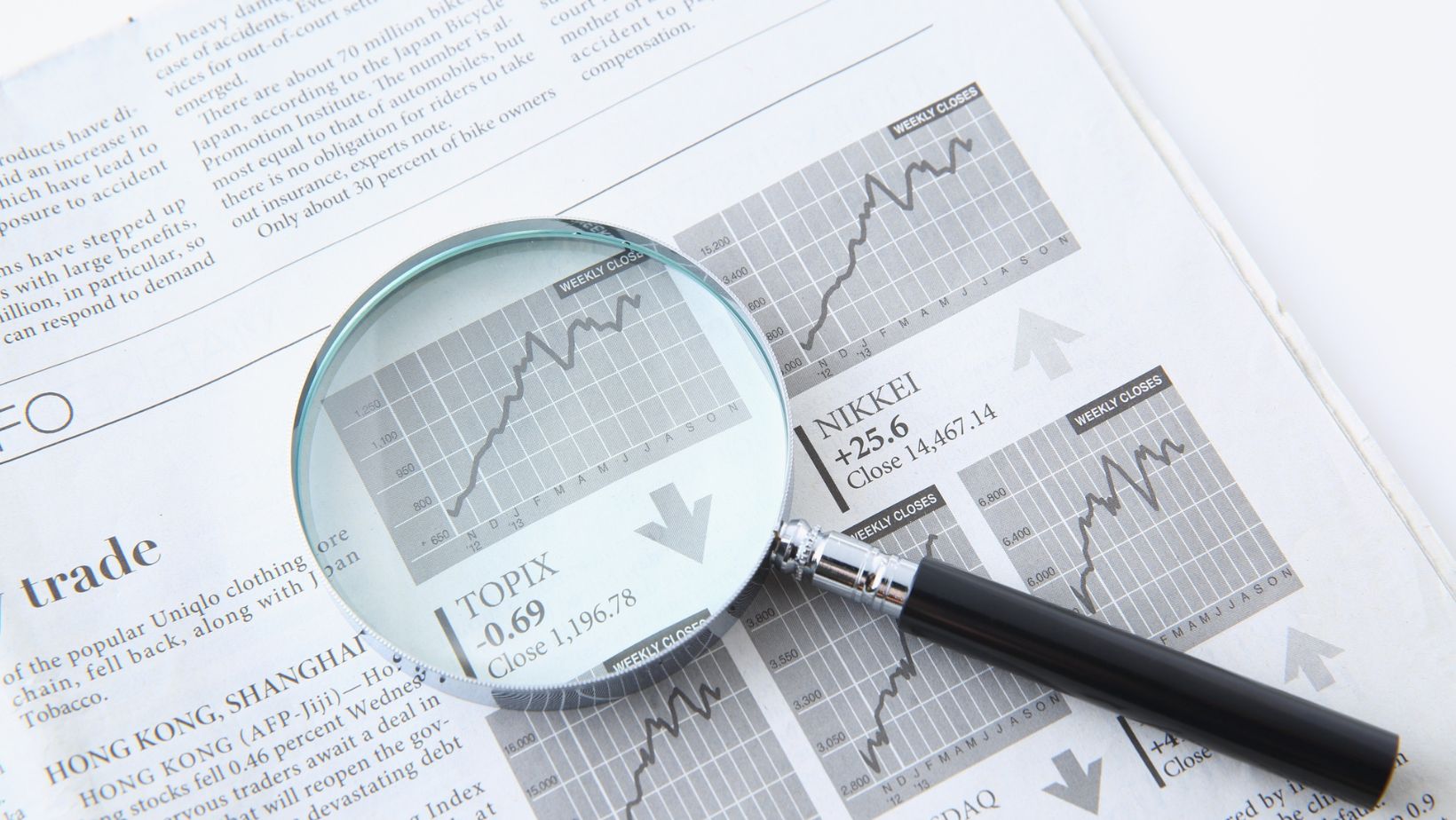Are there hidden liabilities lurking in your portfolio, tied not to market volatility but to data you take for granted? For decades, traders and analysts have relied on self-reported greenhouse gas (GHG) emissions as the industry standard. Yet, this foundation is proving to be dangerously unstable.
The disconnect between reported figures and reality is not trivial. A groundbreaking study in Nature found that cities under-report their own greenhouse gas emissions, on average, by 18.3%. This data gap isn’t merely an accounting discrepancy; it presents a substantial, often unpriced, financial risk for market participants. The path to mitigating this exposure and gaining an advantage lies in independent, technology-driven emissions verification.
To mitigate this exposure and gain a competitive edge, traders and analysts are increasingly turning to independent emissions monitoring platforms that leverage satellite data and AI to provide a more accurate picture of industrial emissions.
Key Takeaways
- Self-reported emissions data is often inaccurate, systematically under-reported, and creates significant hidden financial and regulatory risks for traders.
- Inaccuracies in emissions data lead to mispriced assets, potential compliance penalties, and severe reputational damage in carbon markets.
- Independent emissions verification, utilizing satellite technology and AI, provides objective, near-real-time, and granular data, offering a crucial competitive advantage.
- Integrating verified emissions intelligence allows traders to uncover alpha, enhance risk management, and make more informed decisions in increasingly scrutinized carbon markets.
The “Garbage In, Garbage Out” Problem: Why Self-Reported Data Fails
The core issue with self-reported data is not always malicious intent; it’s the systemic weaknesses in the reporting process itself. When the data feeding your models is flawed, the output—and the trading decisions based on it—will be equally unreliable.
Unpacking the Sources of Error
Self-reporting requires companies to internally calculate emissions based on their own activity data (like fuel consumed) and apply chosen emissions factors. This process is rife with potential inaccuracies:
Methodological Inconsistencies: Companies often use different calculation standards and boundary definitions, making it nearly impossible to conduct accurate, apples-to-apples comparisons between peers.
Outdated/Generic Emission Factors: Many firms rely on generic, industry-average, or outdated emission factors that fail to capture the real-time operational specifics of a facility, such as efficiency improvements or production changes.
Inherent Bias & Incentives: Whether intentional or not, companies are incentivized to present their operations in the best possible light. This can lead to under-reporting to meet internal targets, improve public perception, or avoid scrutiny.
Complexity of Indirect Emissions: The challenge grows exponentially with indirect emissions. As a report from the Network for Greening the Financial System (NGFS) notes, “inconsistencies are widespread in every emissions category… The lowest – yet important – inconsistencies are observed in direct emissions data (Scope 1) and they progressively increase in indirect emissions (Scope 2 and Scope 3).”
From Data Errors to Dollar Signs: The Financial Risks of Inaccuracy
For a trader or analyst, a data discrepancy is not an academic problem—it’s a direct threat to the bottom line. Relying on flawed, self-reported numbers exposes your portfolio to a range of quantifiable financial risks.
Quantifying the Hidden Liabilities for Traders
Mispriced Assets & Market Risk: When a company’s true emissions are higher than reported, its future compliance costs are understated. In carbon markets like the EU ETS, this means the company will need to purchase more allowances than the market expects, creating a hidden liability that can depress its stock price and bond yields once revealed.
Regulatory & Compliance Exposure: Regulatory bodies like the EU and the U.S. SEC are intensifying their scrutiny of climate-related disclosures. Misreporting can lead to substantial fines, sanctions, or mandated purchases of expensive carbon allowances to cover a compliance shortfall, directly impacting profitability.

Reputational Damage & “Greenwashing”: When independent analysis reveals a company’s actual emissions far exceed its reported figures, it can trigger accusations of “greenwashing.” This can cause severe stock devaluation, investor flight, and lasting brand erosion.
The solution lies in using advanced carbon tracking software that replaces guesswork with verified, data-driven insights. With real-time satellite measurements and AI-powered verification, traders gain the transparency needed to price assets accurately and manage compliance exposure with confidence. By adopting technology that captures emissions data at the source and benchmarks it against verified market indicators, traders can turn potential liabilities into actionable intelligence—optimizing their carbon trading strategies and safeguarding financial performance.
The New Standard: How Independent Verification Works
To counter the flaws of self-reporting, a new standard based on objective, technology-driven measurement is emerging. Independent verification bypasses corporate disclosures to create a more accurate and timely view of emissions.
From Estimates to Evidence
Independent verification is the use of external data sources and advanced analytical techniques to measure, model, and verify emissions. This approach shifts the source of truth from corporate reports to empirical evidence.
Satellite Monitoring: Advanced satellite constellations can now detect and quantify greenhouse gas plumes—like CO2 and methane—from individual industrial facilities such as power plants, refineries, and cement factories. This provides near-real-time, asset-level intelligence that is impossible to obtain from annual corporate reports.
AI & Alternative Data Integration: Machine learning algorithms analyze diverse, publicly available data streams to infer industrial activity. By integrating data on shipping movements, thermal imagery from power plants, and energy infrastructure activity, analysts can model operational levels and calculate emissions with a high degree of accuracy.
Industry Standards for Data Quality: The market is already beginning to formally recognize the difference in data quality. As CDP, a global non-profit for environmental disclosure, highlights, “all reported and estimated emissions figures are accompanied by a data quality score from the Partnership for Carbon Accounting Financials (PCAF). Scores from 1 to 4 are applied…where 1 is the highest score for verified reported emissions.”
| Feature | Self-Reported Data | Independently Verified Data |
|---|---|---|
| Source | Internal company calculations | Satellite imagery, AI models, 3rd-party data |
| Timeliness | Lagging (annual or quarterly) | Near real-time |
| Objectivity | Subject to inherent bias | Independent and objective |
| Granularity | Aggregate company-level | Granular facility-level |
Conclusion
In today’s increasingly scrutinized and dynamic carbon markets, relying on self-reported emissions data is no longer a viable strategy; it is a direct financial liability. The gap between what companies report and what is happening on the ground represents a significant source of unpriced risk and missed opportunity.
The new, indispensable standard for serious market participants is independent, technology-driven emissions verification. By embracing satellite data, AI, and alternative data sources, you can move from lagging estimates to leading-edge intelligence. In a market where information is everything, ensuring the quality of your emissions data isn’t just about compliance—it’s about performance and securing your competitive edge.






